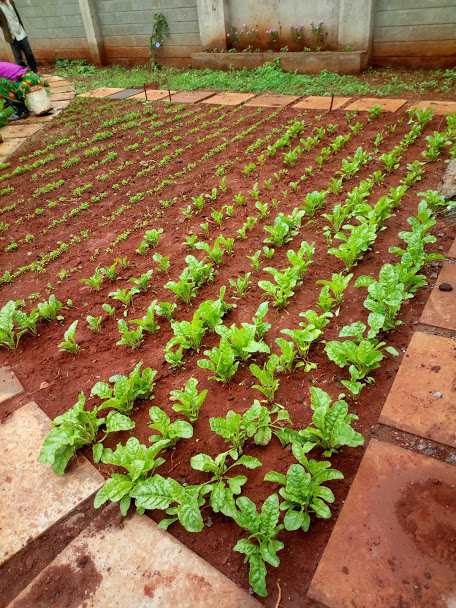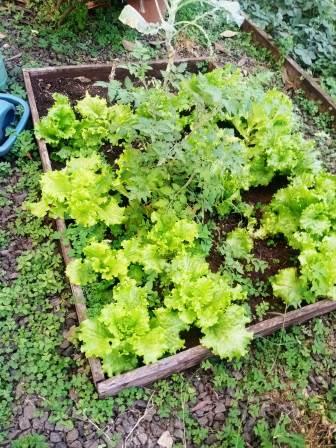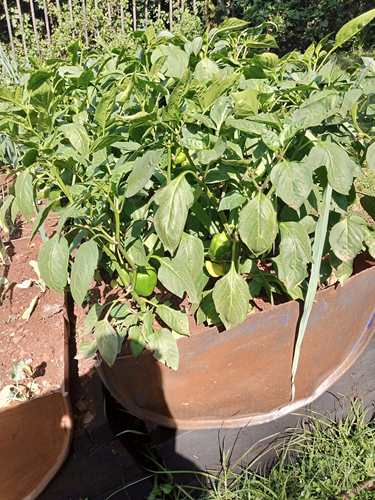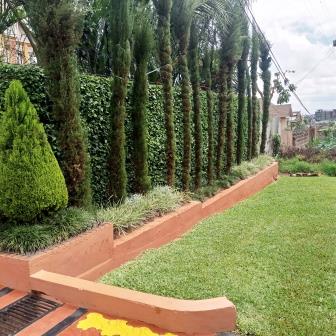Imagine stepping outside your kitchen door to harvest fresh basil for tonight’s pesto or plucking ripe tomatoes for a salad still warm from the sun. Growing your own kitchen garden transforms mealtime into a culinary adventure and the satisfaction of eating what you have natured from seed to harvest. In this article we will guide through the rewarding process of cultivating your own kitchen garden bringing the farm –to table experience right to your door.

For the small change you get you get after spending a fortune at the grocery shop, you can secure a packet of seeds or seedlings that will ensure a steady supply of greens.
Here is how to start Your Kitchen garden as a beginner
Identify the spot
Almost all vegetables prefer full sun or at the very least 7 hours to full sun to thrive. Whether you are growing in a container, a dedicated vegetable bed or window sill locate your vegetables in full sun for excellent results.
Soil
Apart from the exposure to sun, the growing medium is the most important factor in vegetable production. You need deep, friable soil that drains well. If your soil is not loam, incorporate lots of compost or manure to improve its quality. Make sure you dig deep enough to remove weeds by the roots. Prepare your ground to a fine tilth. The soil should be raked until it is airy and level. This allows oxygen to reach the plants roots easily and warms more quickly. If the soil is poor like clay, opt for raised beds and incorporate 3-4 inches of compos in the top 10 inches of the soil.
Get seeds or seedlings
The quality of your vegetables will be as good as the seeds or seedlings you buy. Go for good quality certified. If you are buying seedlings, buy them from reputable nurseries. All your efforts will come to naught if your planting material is of inferior quality. Buy varieties that are pest and disease resistant. That way, you will have a head start when it comes to quality control. Your choice of what to plant will be determined by your tastes buds. Some people will grow vegetables that are rare to find, seeing no point in raising what is readily available.

Vegetable bed
Kitchen gardens need not be elaborate plots. You do not even need a dedicated vegetable patch. Where space is a constrain, vegetables can be grown in pots, window boxes, planters, multi layered compost bags or interplanted in the flower beds. Even the smallest spaces can still have a space for a salad or two.


Sowing seeds
Root vegetables like carrots and radishes are sown directly while other varieties will require germination prior to sowing. Use a small container or seed tray are ideal re ideal for germination but thy have to be sterilized first by pouring warm water warm water over the trays and the soil to kill off disease causing agents.
In sowing seeds the depth of the drill (furrowed lines which in which the seeds are sowed)depends on seed size, the smaller the seed the shallower the drill.
What to know when growing a kitchen garden as a beginner
Vegetables, just like children, need just the right amount of attention, some requiring more attention than others.
Tomatoes are fiercely independent although when fruit laden they may need staking. Zucchini on the other hand can be truly unruly running riot over the entire patch. In between you will get the fragile frost prone lettuce that will require tender loving care.
It is important to note that gardens -especially in the initial stages do not always work out as planned. And your best bet is to be opening minded. Being too determined or optimistic could leave you severely disappointed when the first harvest doesn’t fit the initial billing. Instead opt for trial and error and trial again so as to be able to master your craft. You will be surprised at how things turn around. Even though, growing vegetables shouldn’t be so daunting.


Leave a Reply